
views
Safari (Mobile)
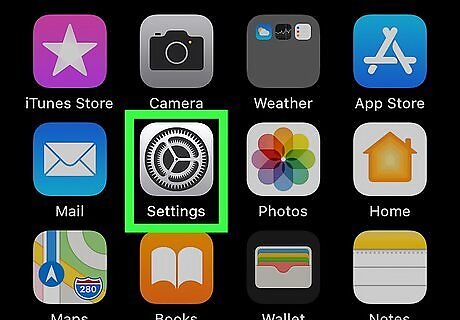
Open your iPhone or iPad's Settings iPhone Settings App Icon. It's the gear icon that's usually on the home screen. It may also be inside of a folder.

Scroll down and tap Safari. It's about halfway down the menu.
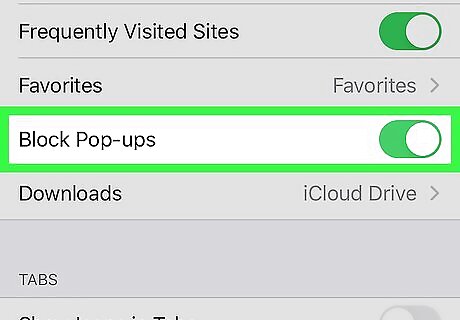
Slide the "Block Pop-ups" switch to On iPhone Switch On Icon. It's in the "General" section, which is the second section on the page. Safari will now block pop-up ads from websites. If the switch was already green, pop-up blocking is already enabled.
Safari (Desktop)
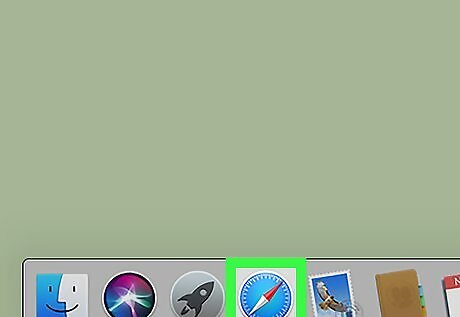
Open Safari on your Mac. It's the compass icon typically found on the Dock and/or in the Launcher.

Click the Safari menu. It's in the menu bar that runs along the top of the screen.
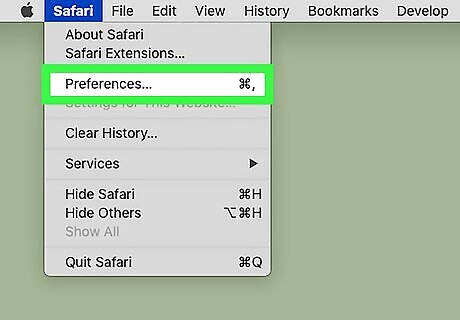
Click Preferences on the menu.

Click the Websites tab. It's the globe icon at the top of the window.
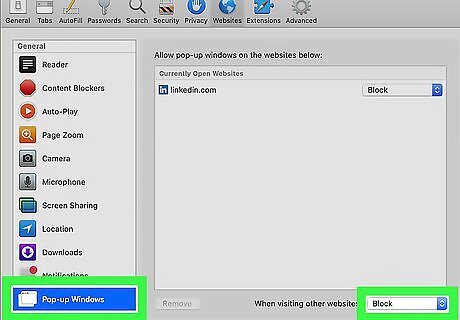
Check the box next to "Block pop-up windows." It's under the "Web content" header. If the box was already checked, Safari is already set up to block pop-up ads.
Chrome (Mobile)
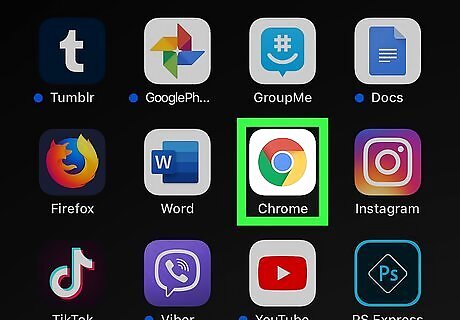
Open Chrome on your phone or tablet. It's the round red, yellow, green, and blue icon typically found on the home screen or in the app drawer.

Tap the ⋮ or ••• menu. It's the three dots at the top-right corner (Android) or the bottom-right corner (iPhone/iPad). A menu will expand.

Tap Settings on the menu.
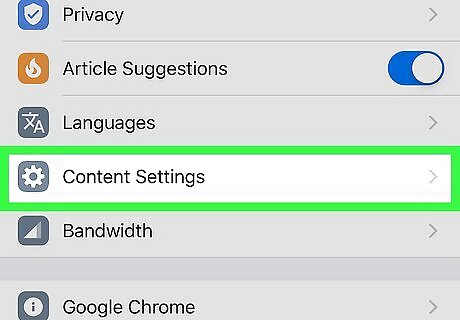
Tap Site settings (Android) or Content Settings (iPhone/iPad).
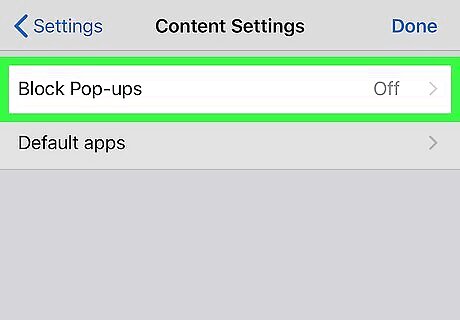
Tap Pop-ups and redirects (Android) or Block Pop-ups (iPhone/iPad).
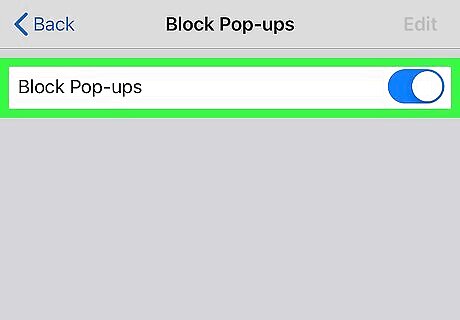
Slide the switch to the On position. As long as the switch is enabled, Chrome is set to block pop-ups on your phone or tablet.
Chrome (Desktop)
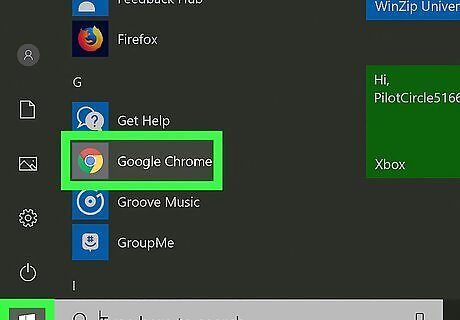
Open Chrome on your computer. You'll find it in the Start menu (Windows) or in the Applications folder (macOS).
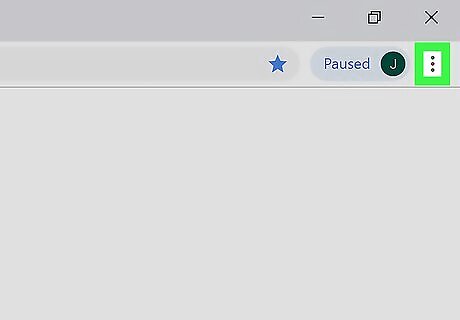
Click the ⋮ menu. It's at the top-right corner of Chrome.

Click Settings. It's near the bottom of the menu.

Scroll down and click Advanced. It's at the bottom of the page.

Click Site Settings. It's in the "Privacy and security" section.
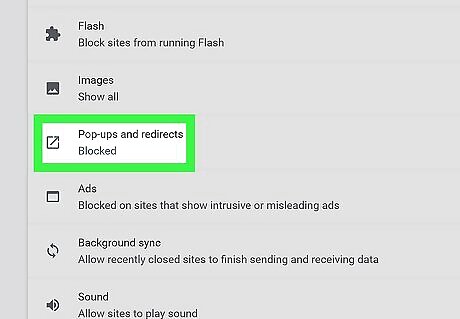
Click Pop-ups and redirects. It's near the middle of the page.
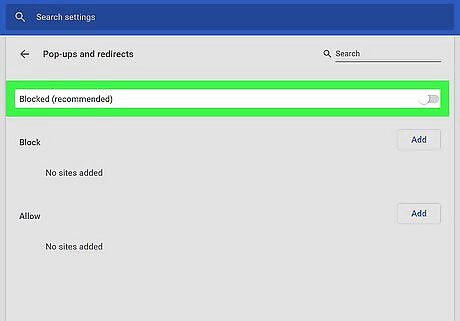
Slide the switch to the Off Android 7 Switch Off position. As long as the switch is gray and you see the word "Blocked," Chrome will block pop-ups on websites. If you'd like to allow pop-ups on certain sites, click Add under "Allow" to add those sites manually. If you're still seeing pop-ups, perform an anti-malware scan.
Firefox (iPhone/iPad)
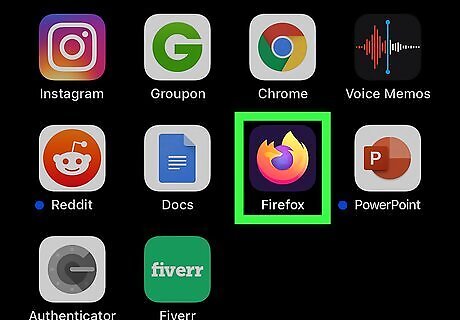
Open Firefox on your iPhone or iPad. You'll usually find its orange fox icon on the home screen (iPhone/iPad). The Android version of Firefox does not come with the option to block pop-up ads. If you want to block pop-ups, you'll need to
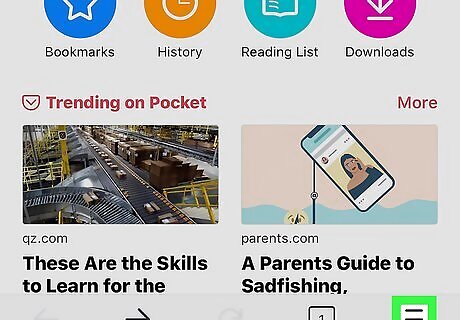
Tap the menu. ☰. It's at the top-right corner of the screen.
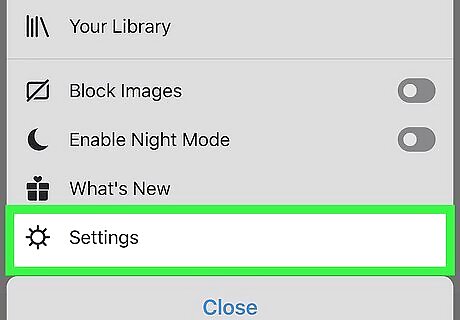
Tap Settings. It's at the bottom of the menu.
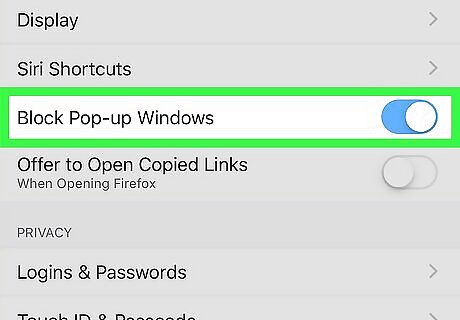
Slide the "Block Pop-up Windows" switch to On iPhone Switch On Icon. As long as this switch is on (blue), Firefox will block pop-up windows on websites.
Firefox (Android)
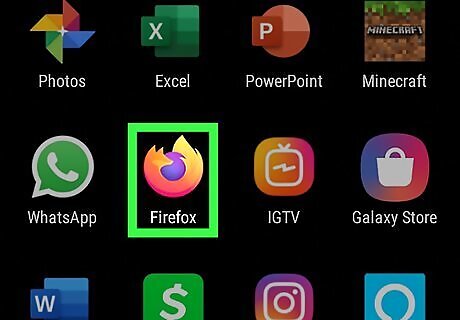
Open Firefox on your Android. Firefox's orange fox icon is typically found on the home screen or in the app drawer. Although Firefox for Android doesn't come with an official pop-up blocker, you can manually disable them in a special configuration file.

Navigate to the Firefox config file. To do this, tap the address bar at the top, type about:config, and then press the Enter or Search key. This loads the config file as though you'd be loading a website.
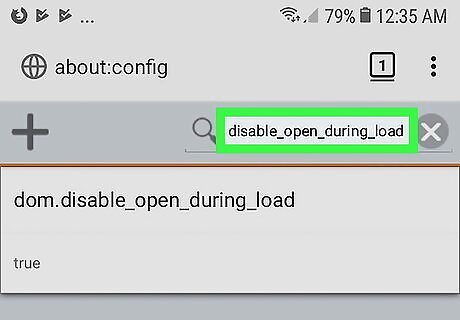
Type disable_open_during_load into the "Search" bar. It's the bar on the top-right corner of the page. This filters the information on the page to display only one result: dom.disable_open_during_load.
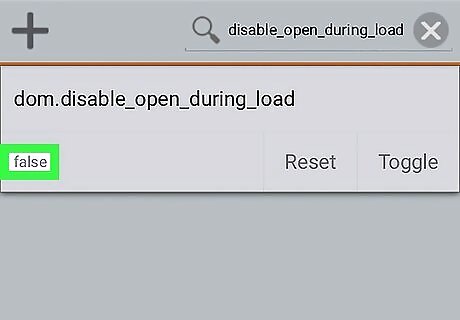
Tap false. If pop-up blocking is disabled, you'll see the word "false" below dom.disable_open_during_load at the top of the screen. Tapping it brings up a Toggle option. If you see true instead, this means pop-ups are already set to be blocked by Firefox.
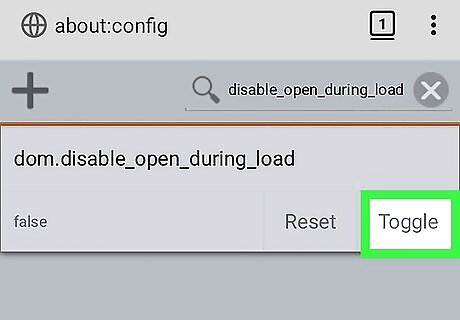
Tap Toggle to enable pop-up blocking. This switches the setting from "false" to "true," which turns on pop-up blocking.
Firefox (Desktop)
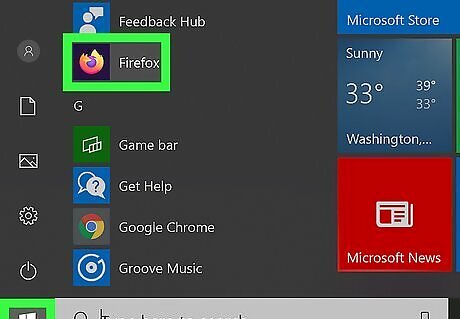
Open Firefox on your computer. You'll find it in the Start menu (Windows) or in the Applications folder (macOS).

Click the ☰ menu and select Options. The menu is at the top-right corner of the screen.
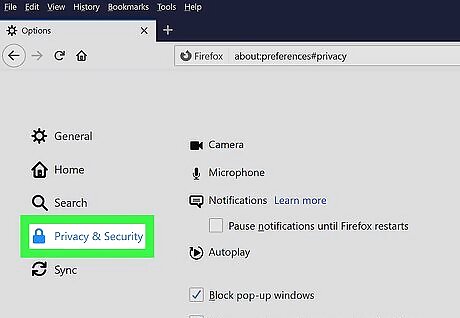
Click the Privacy & Security tab. It's on the left panel.
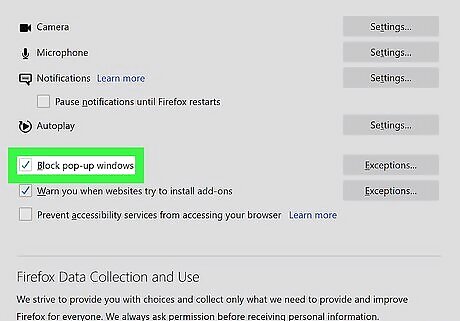
Scroll down and check the box beside "Block pop-up windows." It's in the "Permissions" section. If a check was already there, pop-ups are already set to be blocked in Firefox. To allow certain sites to display pop-ups while the blocker is enabled, click Exceptions next to "Block pop-up windows" to manage the exception list. You can also remove sites from this list by selecting the site and clicking Remove Website.











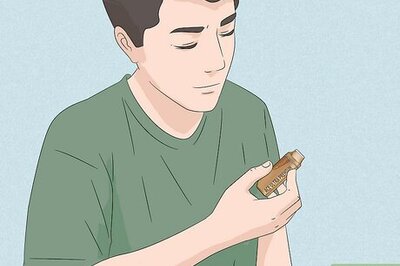








Comments
0 comment